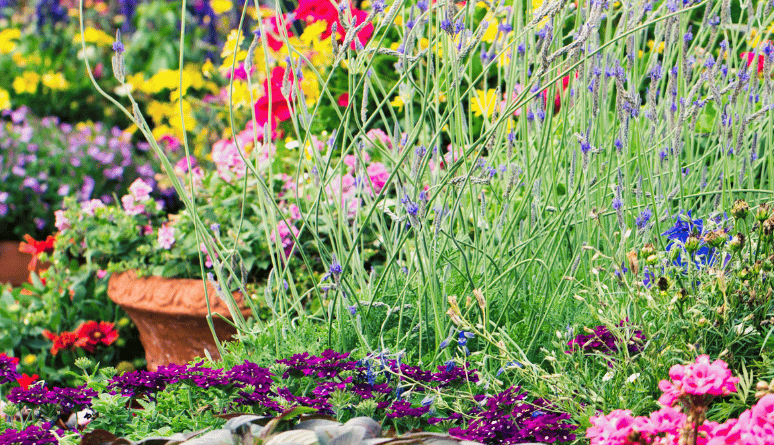Flower Garden Maintenance Made Easy: A Beginner’s Guide
Starting a flower garden can be a fun and rewarding experience, but it can also be overwhelming for those who are new to gardening. However, with a little bit of planning and some basic knowledge, maintaining a flower garden can be easy and enjoyable. In this beginner’s guide, we will go over the essential steps for maintaining a flower garden, so you can enjoy beautiful blooms all season long.
- Planning Your Garden
Before you start planting, it’s important to plan your garden. Determine the location of your garden and the type of flowers you want to plant. Consider the amount of sunlight and shade the area receives, as well as the soil type and drainage. Once you have a plan in place, you can start preparing the soil and selecting the appropriate plants for your garden.
- Soil Preparation
The key to a successful flower garden is healthy soil. Start by removing any weeds and debris from the area. Then, amend the soil with organic matter such as compost or well-rotted manure. This will help to improve the fertility and structure of the soil, making it easier for your plants to establish strong root systems.
- Planting and Transplanting
When it comes to planting and transplanting, timing is everything. Many flowers have specific planting and transplanting times, so be sure to research the plants you have chosen and follow the recommended guidelines. When transplanting, be sure to dig a hole that is at least twice the size of the root ball and backfill with soil that has been amended with organic matter. Water the plants well after transplanting to help them settle in.
- Watering
Proper watering is essential for a healthy flower garden. The amount and frequency of watering will depend on the type of plants you have chosen and the weather conditions. In general, most flowers need 1-1.5 inches of water per week, either from rainfall or irrigation. Be sure to avoid over-watering, as this can lead to root rot and other problems.
- Fertilizing
Flower gardens need regular fertilization to maintain their health and vigor. Use a balanced fertilizer, such as a 10-10-10 or 14-14-14, and apply it according to the manufacturer’s instructions. Organic fertilizers, such as compost or bone meal, can also be used to provide nutrients to your plants.
- Pest and Disease Control
Flower gardens are susceptible to pests and diseases, so it’s important to be vigilant and take action as soon as you notice a problem. Common pests include aphids, spider mites, and thrips. Regularly inspecting your plants and using insecticidal soap or neem oil can help to control these pests. Diseases can also be a problem in flower gardens, so be sure to research the plants you have chosen and take appropriate measures to prevent or control them.
By following these simple steps, you can easily maintain a beautiful flower garden. Remember to always research the plants you have chosen and take appropriate measures to keep them healthy. With a little bit of planning and care, you can enjoy beautiful blooms all season long.
References:
- “Flower Garden Planning” – University of Illinois Extension
- “Soil Preparation for Flower Gardens” – Old Farmer’s Almanac
- “Planting and Transplanting Flowers” – The Old Farmer’s Almanac
- “Watering Your Flower Garden” – The Old Farmer’s Almanac
- “Fertilizing Your Flower Garden” – The Old Farmer’s Almanac

